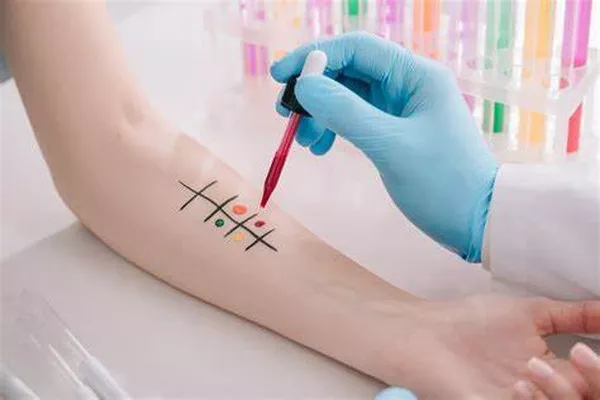Allergy tests are essential diagnostic tools that help identify specific allergens triggering allergic reactions in individuals. If you suspect you have allergies or have been advised to undergo an allergy test, it’s natural to wonder what the process entails. In this comprehensive guide, we’ll walk you through the journey of an allergy test, from preparation to results. By understanding the steps involved, you can approach your allergy test with confidence and gain valuable insights into managing your allergies.
Preparing for the Allergy Test
Before the actual test, there are a few important steps to take:
1. Consultation with a Healthcare Provider
Schedule a consultation with an allergist or immunologist to discuss your symptoms and medical history. This step helps determine the appropriate type of allergy test and ensures that the test aligns with your specific needs.
2. Medication Guidelines
Follow your healthcare provider’s instructions regarding allergy medications. Some medications, such as antihistamines, can interfere with the accuracy of the test results. Your doctor may advise you to discontinue certain medications for a specific period before the test.
Types of Allergy Tests
1. Skin Prick Test
The skin prick test involves placing a small amount of allergen extracts on your skin and then gently pricking or scratching the surface. This allows the allergens to enter your skin, and any resulting reaction, such as redness or swelling, is observed and measured. Skin prick tests are commonly performed on the forearm or back.
2. Blood Test (Specific IgE Test)
A blood test, also known as a specific IgE test, measures the levels of IgE antibodies produced in response to specific allergens. A blood sample is drawn, and the presence of IgE antibodies is analyzed. This test is particularly useful for individuals who cannot undergo skin prick tests due to certain medical conditions.
See Also: 5 Different Types of Allergy Tests: Pros & Cons Compared
The Allergy Testing Process
1. Skin Prick Test Process
During a skin prick test:
Step 1: The skin is cleansed and marked to indicate the placement of different allergens.
Step 2: A tiny drop of each allergen extract is placed on the marked spots.
Step 3: A small, sterile device is used to gently prick or scratch the skin’s surface.
Step 4: The skin is observed for reactions, and the results are recorded.
2. Blood Test Process
For a blood test (specific IgE test):
Step 1: A healthcare professional draws a blood sample, usually from a vein in your arm.
Step 2: The blood sample is sent to a laboratory for analysis.
Step 3: The levels of specific IgE antibodies are measured for various allergens.
Interpreting the Results
1. Skin Prick Test Results
The skin prick test results are typically available within 15-20 minutes. A positive reaction is indicated by the presence of a raised bump (wheal) surrounded by redness (flare). The size of the wheal and flare helps determine the severity of the allergy.
2. Blood Test Results
Blood test results are usually available within a few days. The levels of specific IgE antibodies are measured and categorized based on a numerical scale. Higher levels of IgE antibodies suggest a stronger allergic response to a particular allergen.
Discussing the Results and Next Steps
Once the test results are available, you’ll have a follow-up appointment with your healthcare provider to discuss the findings:
1. Identifying Allergens
Your healthcare provider will review the test results to identify the specific allergens to which you have reacted. This information is crucial for developing an effective allergy management plan.
2. Allergy Management Plan
Based on the test results and your medical history, your healthcare provider will create a personalized allergy management plan. This may include allergen avoidance strategies, medications, and lifestyle modifications.
3. Allergy Immunotherapy
In some cases, allergy immunotherapy (allergy shots or sublingual tablets) may be recommended. Immunotherapy involves gradually exposing your body to small amounts of allergens to desensitize your immune system over time.
Conclusion
Undergoing an allergy test is a valuable step towards understanding your body’s allergic responses and managing your allergies effectively. By following the preparation guidelines, choosing the appropriate type of allergy test, and collaborating with a knowledgeable healthcare provider, you can navigate the testing process with confidence. Once the results are in, discussions with your provider will lead to a comprehensive allergy management plan tailored to your specific needs. Remember that allergy testing is a proactive step towards achieving a healthier and symptom-free life, allowing you to make informed decisions about your well-being.


